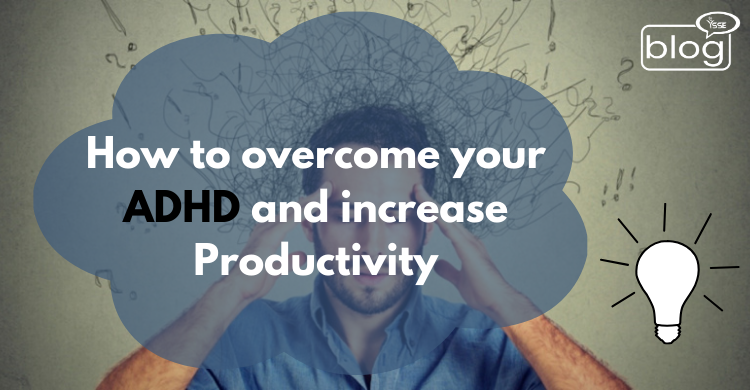“Whyn’t you just focus?” or “Are you even listening to me?” Did you hear this kind of thing while in the middle of any conversations? But you know that you’re full of energy and ideas.Or, Does it frequently happen to pile up your Tasks and even miss the deadlines of your tasks or works?
Then you need to test if you have ADHD. Wondering what is ADHD?
ADHD, also known as Attention-Deficit/ Hyperactivity Disorder, is a neurodevelopmental or mental disorder that is marked by dysfunctioning with the symptoms of emotional impulsivity, hyperactivity, and inattention.
Major common Symptoms of (ADHD) :
Lack of attention: Short attention span, can distract easily, cannot focus easily, or isn’t properly organized.
Hyperactiveness: Moving excessively and becoming restless all the time, facing problems in calm activities, and also disrupting conversations.
Impulsiveness: Frequently changing activity or tasks, problems in self-control.
Other symptoms: Daydreaming, forgetting about things, unnecessarily talking too much, being careless, facing problems getting along with others, and facing difficulties in organizing or finishing a task.
To overcome this ADHD here are 7 Practical steps :
- Keep Things Fun and Interesting
The brain of someone with ADHD is innovative and creative. Make the most of that by coming up with a few entertaining ideas for transforming tedious chores into something you’ll probably love. For instance, you can gamify your work by using apps to create a gamified environment or by turning activities into a race against time.
Prioritizing tasks and practicing good time management are key to overcoming ADHD immobility and regaining drive (and productivity):
The Eat-the-Frog approach is the first solution. Set the stage for a more productive day by doing the most daunting and significant activities first to keep fear from stifling your motivation.
Secondly, “The Pomodoro Technique, which involves setting a timer for brief work bursts, can help maintain focus by creating a sense of urgency and structure,” according to Justin McLendon.
- Avoid multitasking
If you’re one who is working from home, so it seems tempting to put in a load of laundry work, or maybe set dinner in the oven or slow cooker. Listen to your favorite show or podcast on Netflix, and simultaneously respond to emails at the same time.
- Time Management:
Chunking tasks: Divide complicated undertakings into smaller, more doable phases.
To Jodi Pliszka, an expert in ADHD “Developing techniques like micro-goal setting—which divides objectives into more manageable, “bite-sized” tasks—is the best method to enhance their life experience. This approach feels more fulfilling and raises motivation levels.
Use digital calendars with deadlines and reminders, and set up certain time slots for particular tasks using timers.
- Environmental Management:
Designate a quiet, organized area for focused work. Turn off notifications, limit phone usage, and use noise-cancelling headphones. Use color-coding, sticky notes, or visual boards to organize tasks.
- Mental Techniques:
To increase focus and decrease impulsivity, practice mindfulness. Challenge pessimistic ideas and swap them out for uplifting statements.
- Physical Activity:
Engage in physical activity to boost energy levels and cognitive function. Incorporate short movement breaks during focused work periods.
- Seeking Professional Support:
CBT, also known as Cognitive Behavioral Therapy can be very helpful in developing coping mechanisms and also can improve self-management. Consult the healthcare provider to help you discuss potential medication options if it is appropriate for you.
Remember one thing, this journey will not be a quick fix, and not be perfect, but it may be life-changing. You can learn that managing ADHD isn’t about erasing it—it is about understanding and working with a unique brain.
Even though the aforementioned techniques and advice might get you started on the correct track when completing your to-do list, you might still feel uneasy and uncomfortable.
It’s alright!
Recognize that you can present your best self even if you’re not “in the mood” for a given task, and normalize such feelings. However, you can still participate completely and do the tasks at hand. Last but not least, it serves as a potent reminder that anyone may transform their greatest obstacles into their greatest assets with the correct strategy.
To read more blogs click here
Writer
Mafroha Somiya
Intern, Content Writing Department
YSSE

